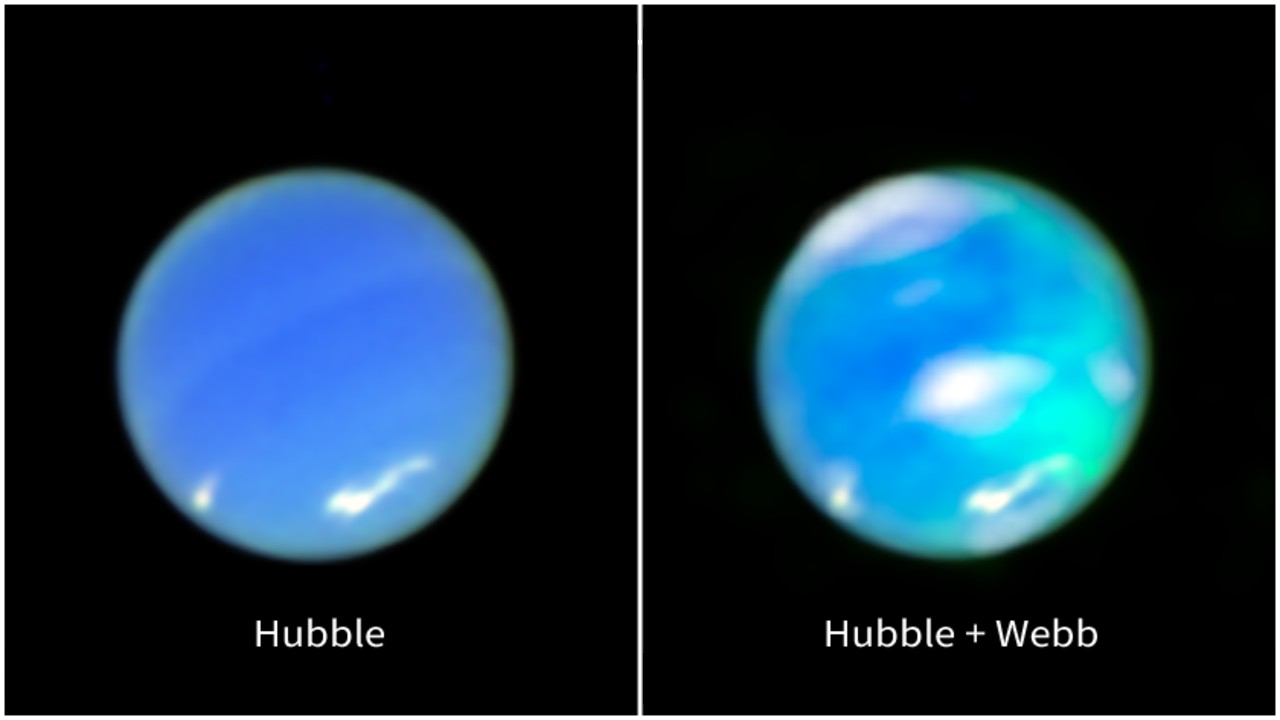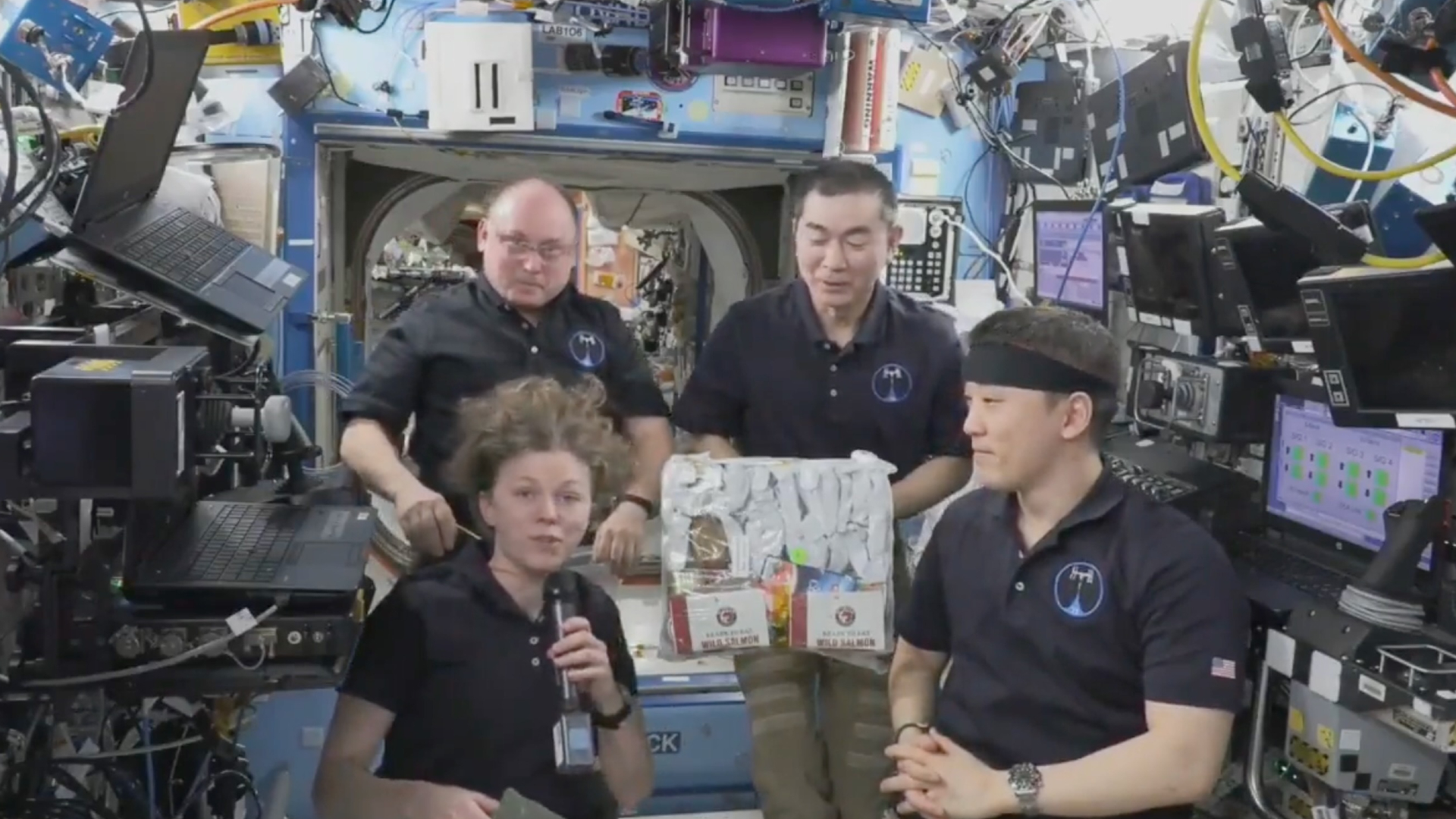Uranus and Neptune may not be 'ice giants' after all, new research suggests
We actually know very little about what's going on inside Uranus and Neptune, causing researchers to propose that these planets be called "rocky giants" instead.

Astronomers have long called Uranus and Neptune the "ice giants" because models suggested that these outer planets' interiors are largely made of mixtures of water, ammonia and other ices — compounds that freeze easily in deep space. But new research reveals that we actually know very little about what's going on inside these planets, causing researchers to propose that Uranus and Neptune be called "rocky giants" instead.
The problem with Uranus and Neptune is that we have extremely little data available to us. Unlike Jupiter and Saturn, both of which have received dedicated missions like the Cassini probe and the Juno spacecraft, the outer planets have not received any visitors since the Voyager 2 flybys more than 30 years ago.
So, to build an understanding of these planets' interiors, we must rely on a variety of indirect clues, like their magnetic fields, observations of surface atmosphere features, and subtle changes in the orbits of their moons. For decades, models of solar system formation dictated that the outer realms of the solar system were dominated by molecules like water and ammonia ice. So naturally, those compounds would make up the bulk of Uranus and Neptune, hence their "ice giant" moniker.
But a new pre-print study accepted for publication in the journal Astronomy and Astrophysics took a completely different approach. Instead of trying to build a physical model of planetary interiors from possibly flawed and biased assumptions, the authors generated a series of random models of the interior contents of Uranus and Neptune. Then, they compared those random models to a host of observational data and built a database of all models compatible with observations.
The models yielded a few expected results. Each planet is less than a quarter hydrogen and helium, which matches predictions from solar system formation models and the observed densities of the planets. The models also created layers of electrically conductive material, which can explain the magnetic fields of Uranus and Neptune.

But this agnostic approach did yield one major surprise: We may not have any idea what the interiors of Uranus and Neptune are really like.
For example, the rock-to-water ratio for Uranus varies widely, anywhere from a low of 0.04, meaning the planet is almost entirely water, to as much as 3.92, which is the complete opposite. Neptune is slightly better understood, but it could still have anywhere from as much as five times as much water as rock up to twice as much rock as water.
Breaking space news, the latest updates on rocket launches, skywatching events and more!
If that's the case, then "ice giants" may be the wrong name for these planets. Most of their bulk could be in the form of rock, potentially giving them more rocky material than even Jupiter or Saturn, even though Neptune and Uranus are much smaller than those two gas giants.
If this idea holds up, it could challenge existing models of solar system formation, as we would have to figure out a way to get enough rocky material into the outer solar system to let it accumulate onto these planets.
Only a dedicated mission to Uranus or Neptune could resolve these issues, as we need high-quality data from an orbiter to fully understand what's going on.

Paul M. Sutter is a cosmologist at Johns Hopkins University, host of Ask a Spaceman, and author of How to Die in Space.
You must confirm your public display name before commenting
Please logout and then login again, you will then be prompted to enter your display name.
